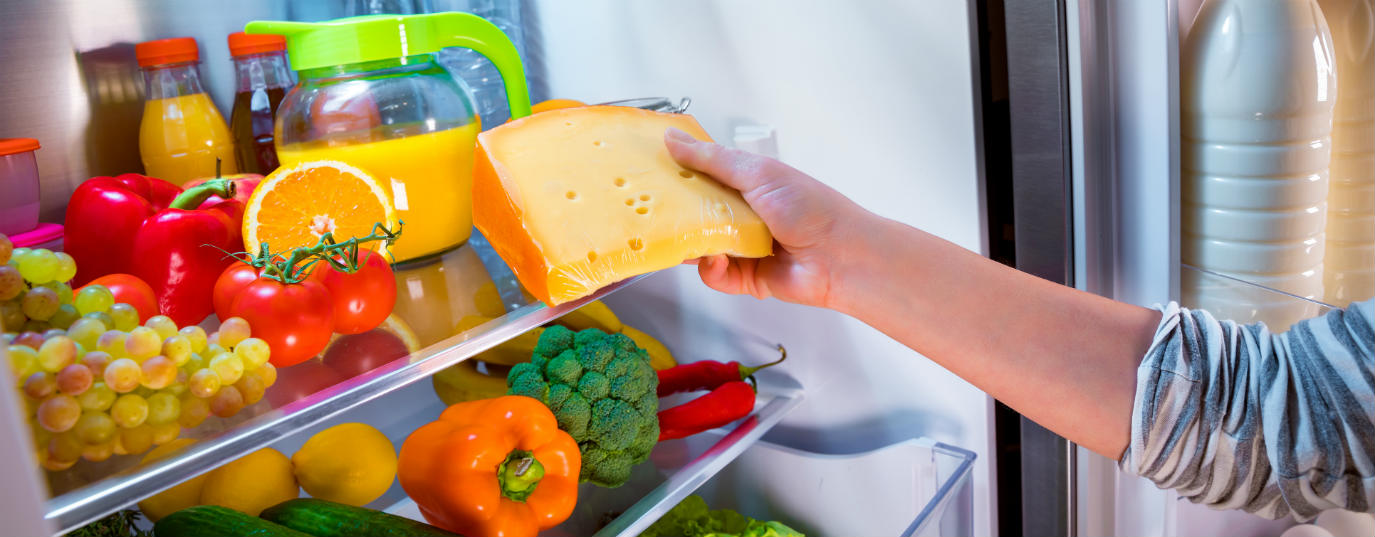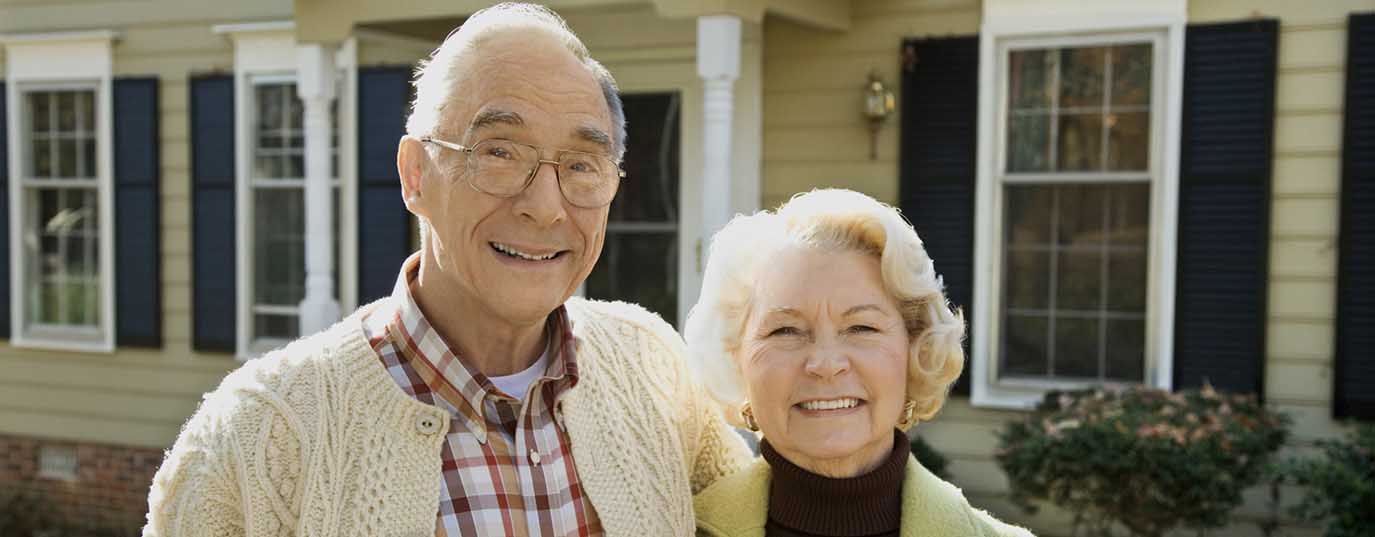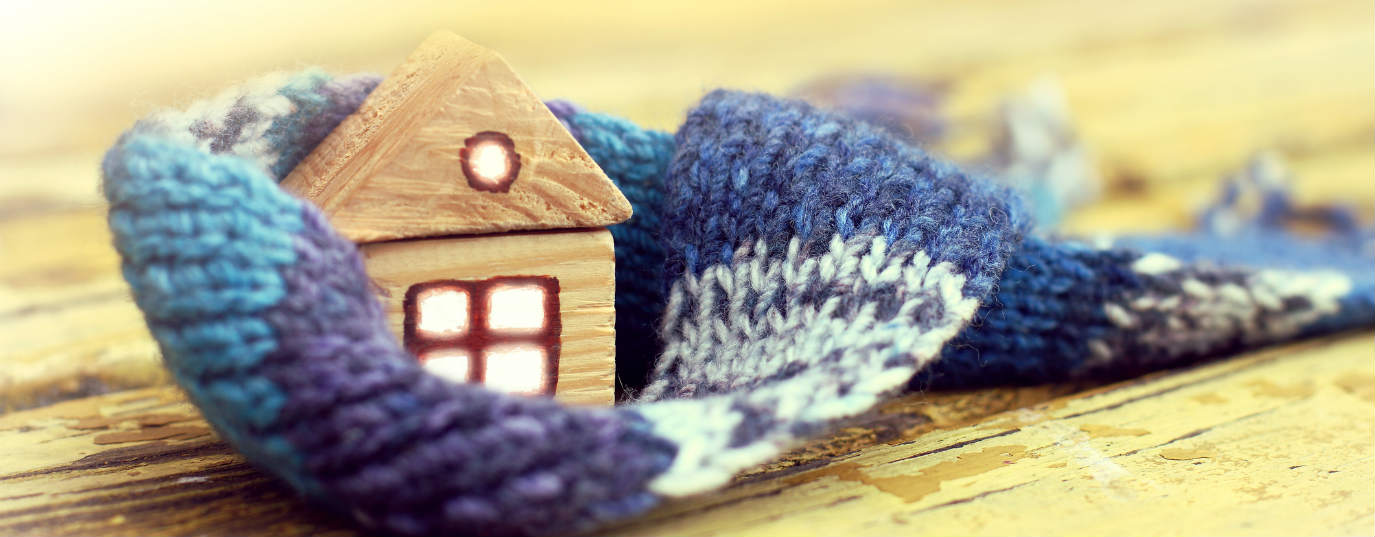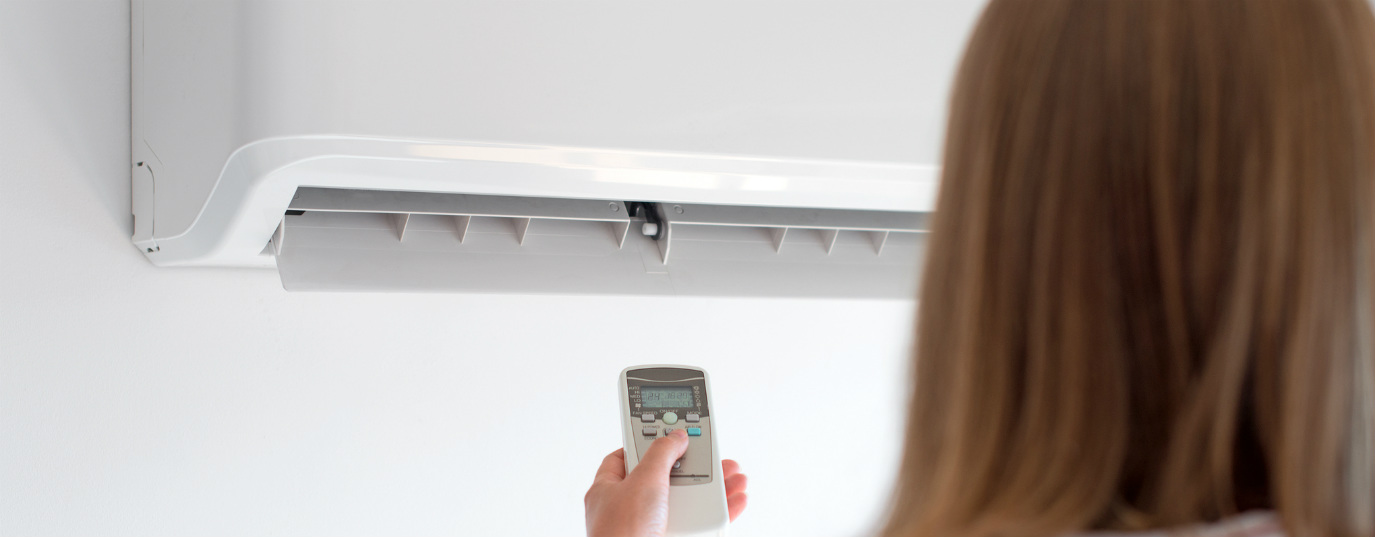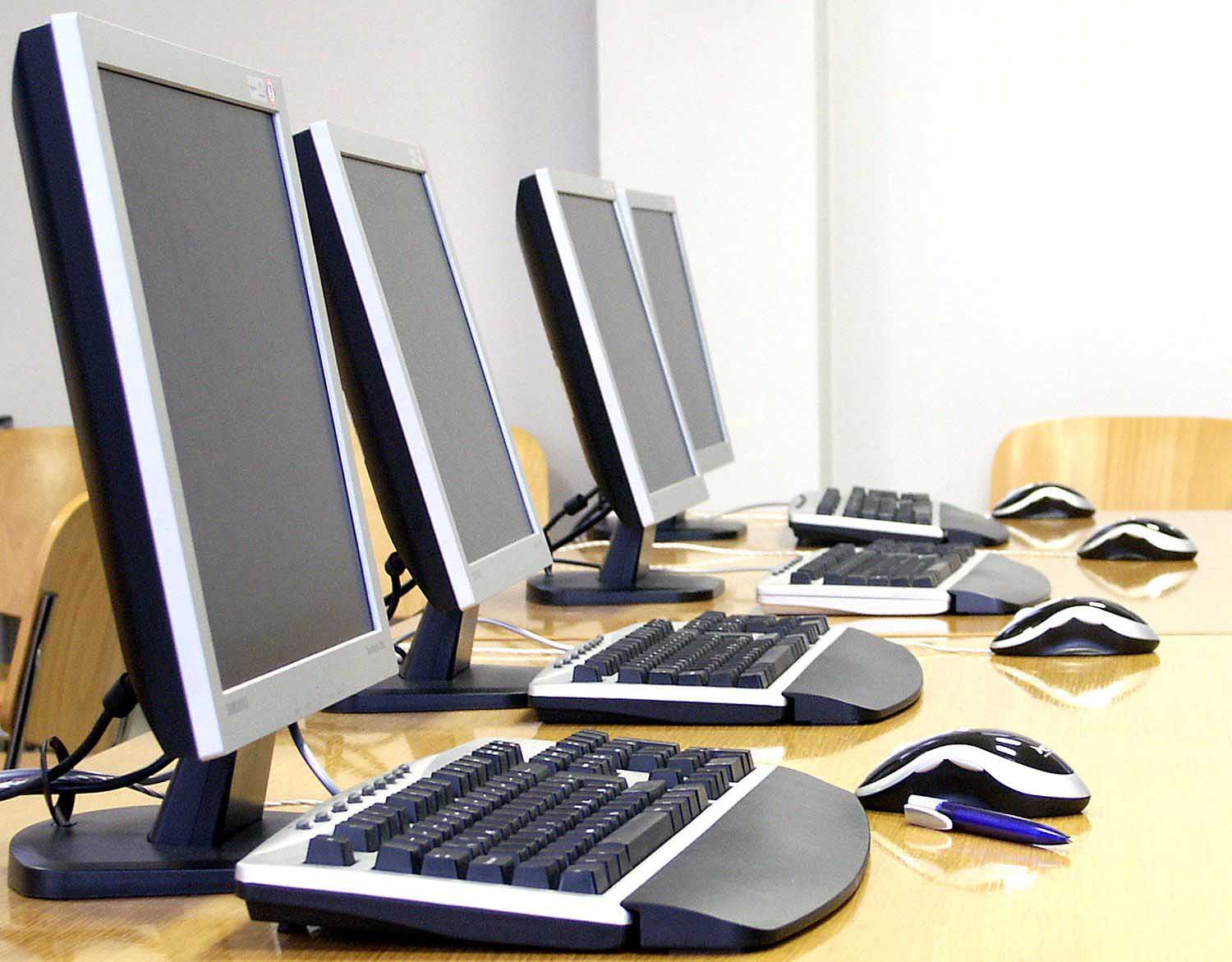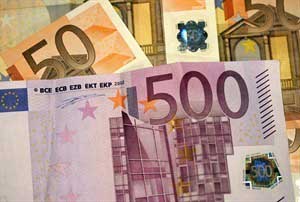Tips to save on petrol
A few simple tips can help you save petrol, money, and CO2 emissions.
When using the car, a few simple tips can help you save petrol and money almost without realising it. This summer, 80 million journeys by car are forecast in our country, so we ought to think also about the savings in CO2 emissions that we achieve by driving more efficiently.
With these tips you can save up to 20% in fuel.
Tips to save on petrol on long journeys:
Tyre pressure: take great care over the correct pressure. Disinflated tyres increase consumption considerably. You can also opt for ecological tyres that consume less.
Accelerate gradually, and try to maintain a constant cruising speed. And, of course, the increase in consumption going from 90/100 km/h to 120 km/h is significant.
Ideally, revolutions should always be between 1,500 and 2,500, neither more nor less.
Do not drive with the windows fully down, above all at high speed (over 90 km/hr).
Take care with excessive air conditioning. The ideal is above 22 degrees C.
Remove the roofrack from the car and empty the boot as much as possible: weight and aerodynamic resistance increase fuel consumption.
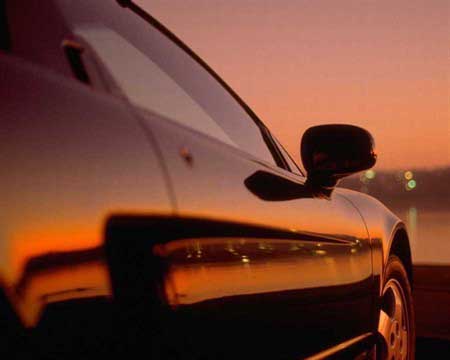 If your car is not serviced and the injection is not well tuned or the air filter is in bad condition, consumption may be doubled and you cause much more pollution. Dirt, dust, pollen, etc. build up gradually in the engine filter, so change it according to manufacturer's instructions, and more often if you live in areas with high pollution or in the country.
If your car is not serviced and the injection is not well tuned or the air filter is in bad condition, consumption may be doubled and you cause much more pollution. Dirt, dust, pollen, etc. build up gradually in the engine filter, so change it according to manufacturer's instructions, and more often if you live in areas with high pollution or in the country.
Deceleration: always brakegently, changing down gear as late as possible and, whenever you can, stop the car without changing down gear beforehand.
Tips to save on petrol on short journeys in the city:
If you are going to be at a standstill for more than a minute, turn off the engine.
Try not to make sudden movements, like accelerating and braking.
Whenever possible, use a high gear. You should only stay in first gear for about 2 seconds as this is the gear that consumes most.
If you are not travelling at more than 90 km/hr, it is better to have the windows down than use the air conditioning. At less than 90 km/hr, better to have the windows down.
Refuelling tips:
Give a turn to the hose nozzle when you finish putting in petrol. You can get another 100 ml of fuel that way.
Fill up in the morning when, due to the lower temperatures, the fuel is denser and so a greater amount goes into the tank.
Fill up the tank before it is down to half full. That way the tank does not have so much air and you avoid fuel evaporating. You consume much less than if your tank is always half empty or in reserve.
Use half pressure on the petrol pump, don't put in the whole hose nozzle because the fuel comes out faster this way and generate vapour in the tank, which registers on the fuel gauge and represents less fuel in the tank.
Don't be lazy when refuelling, since some petrol stations are cheaper than others. Always choose the cheaper ones as long as this does not mean making too long a journey.
Above all, you save by not spending (or spending badly). Look for the shortest route and/or with fewest traffic jams, and try to go with maps/GPS in order not to get lost.
Do you have any other ideas? Share your tips for more efficient and sustainable driving!


